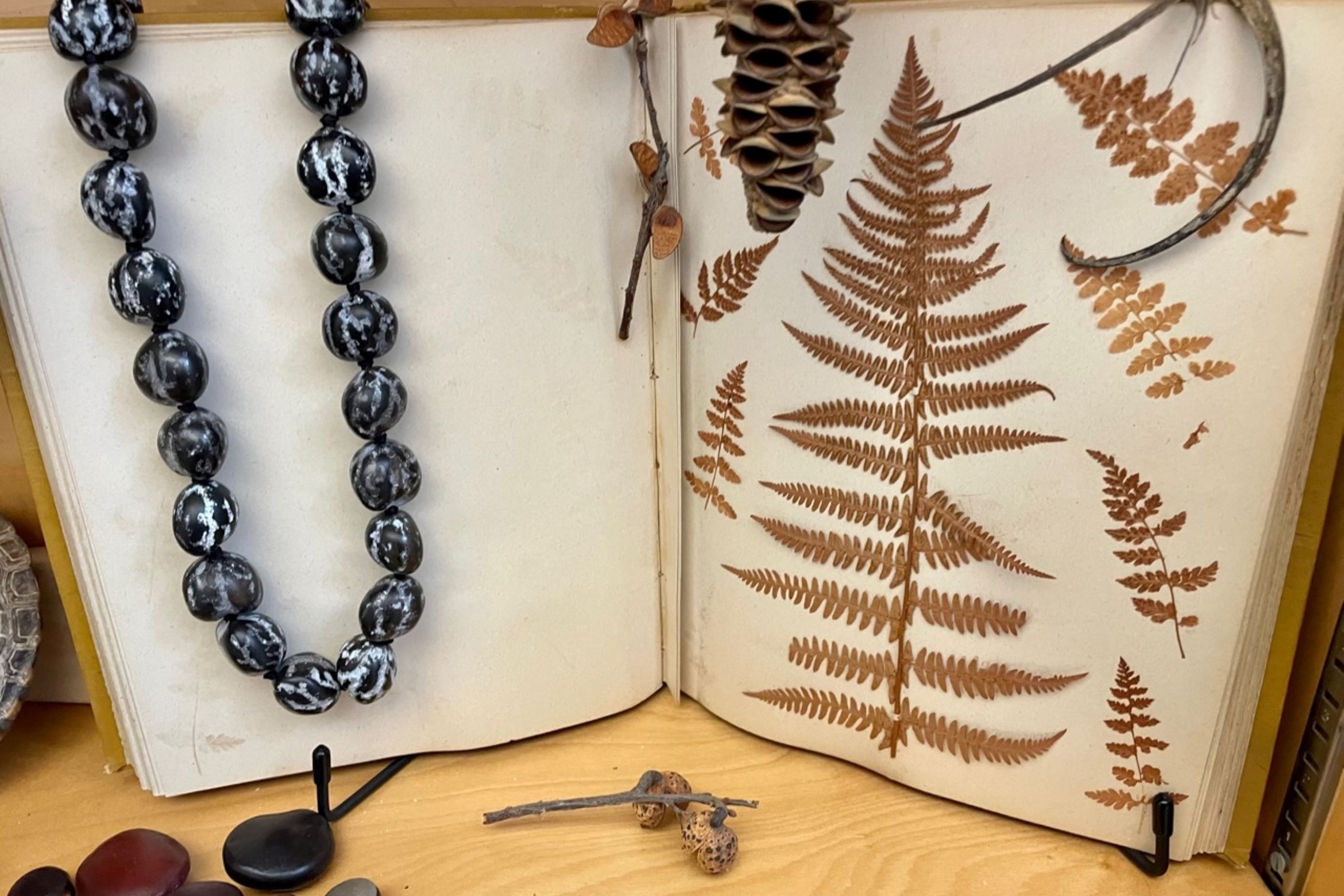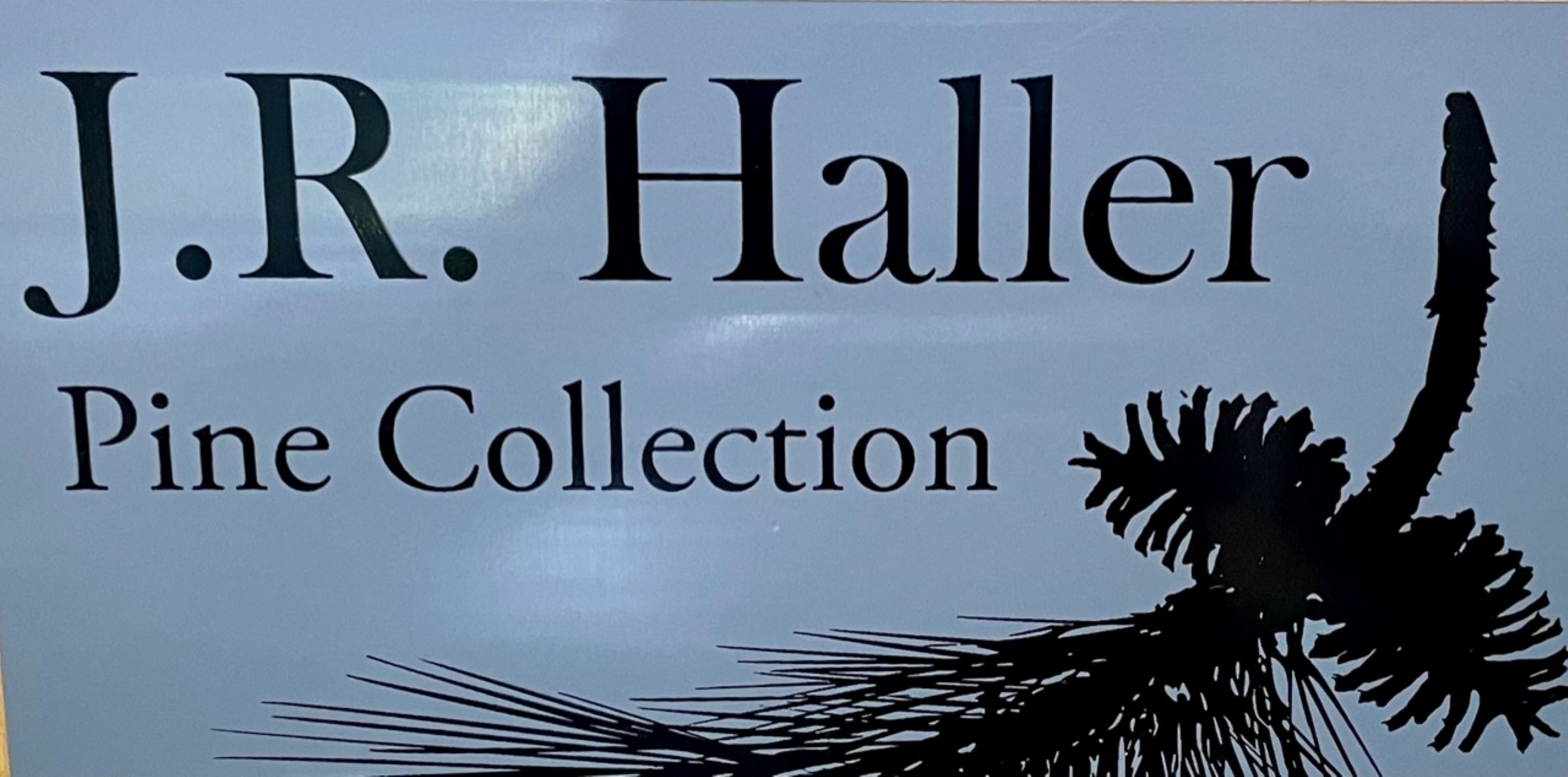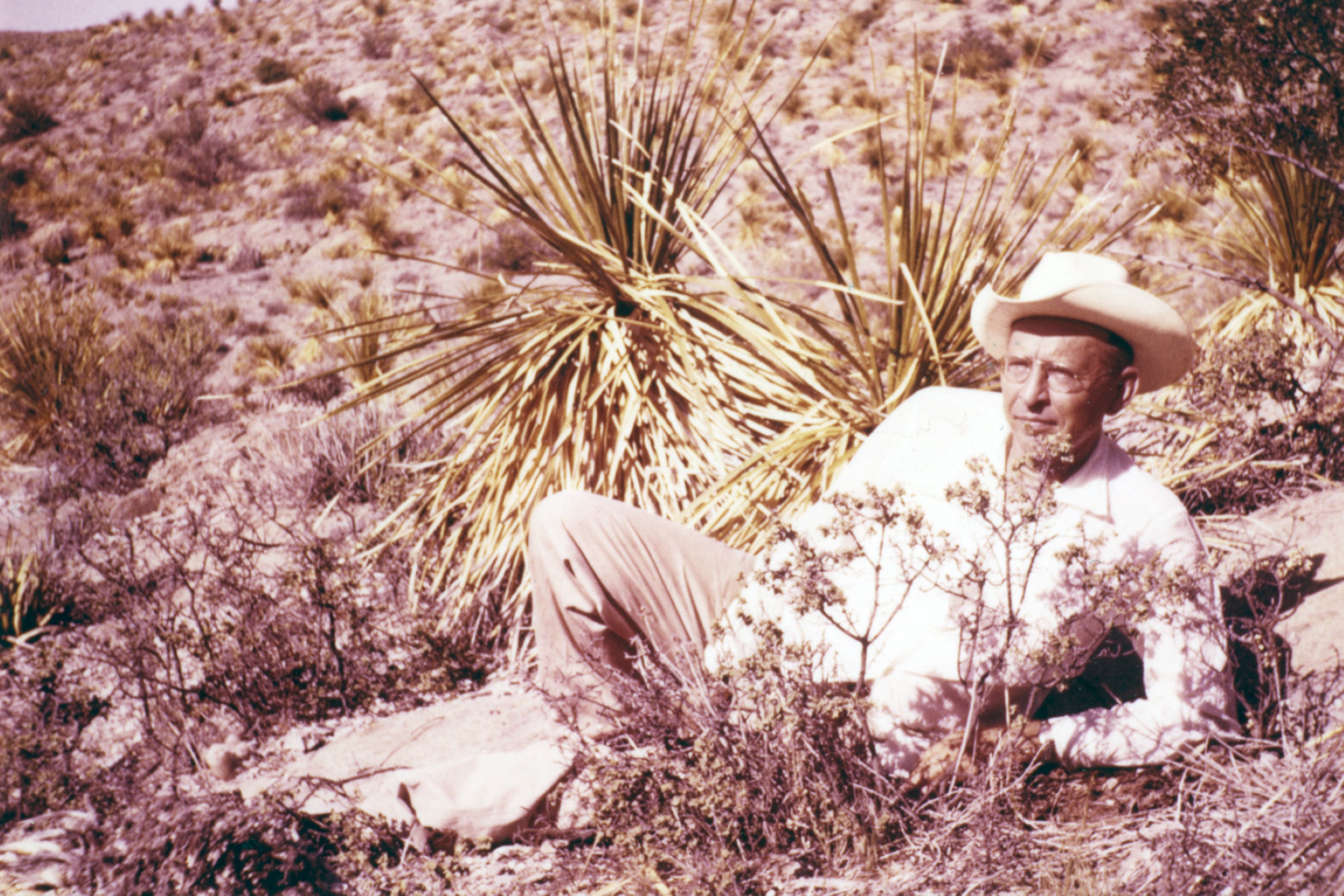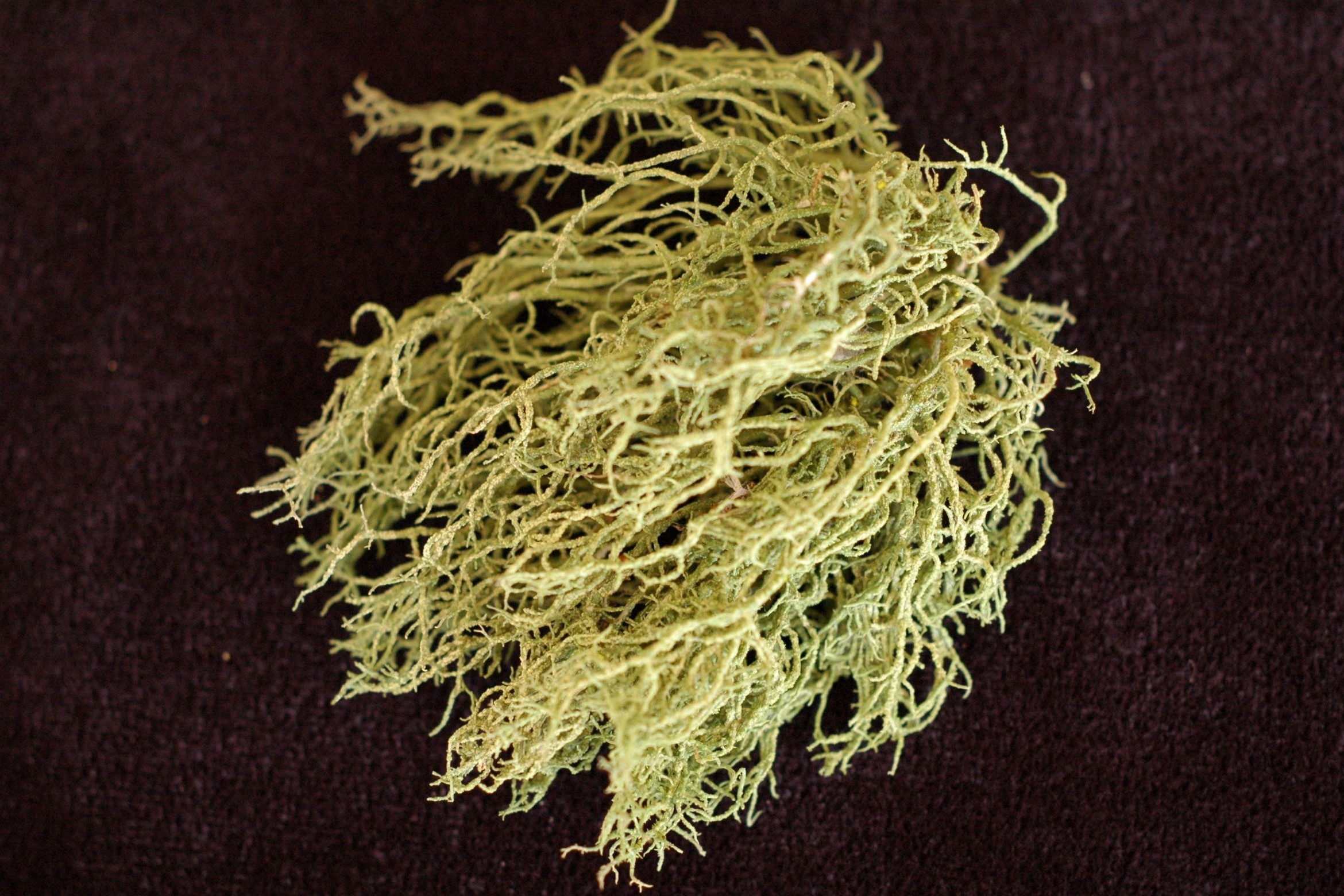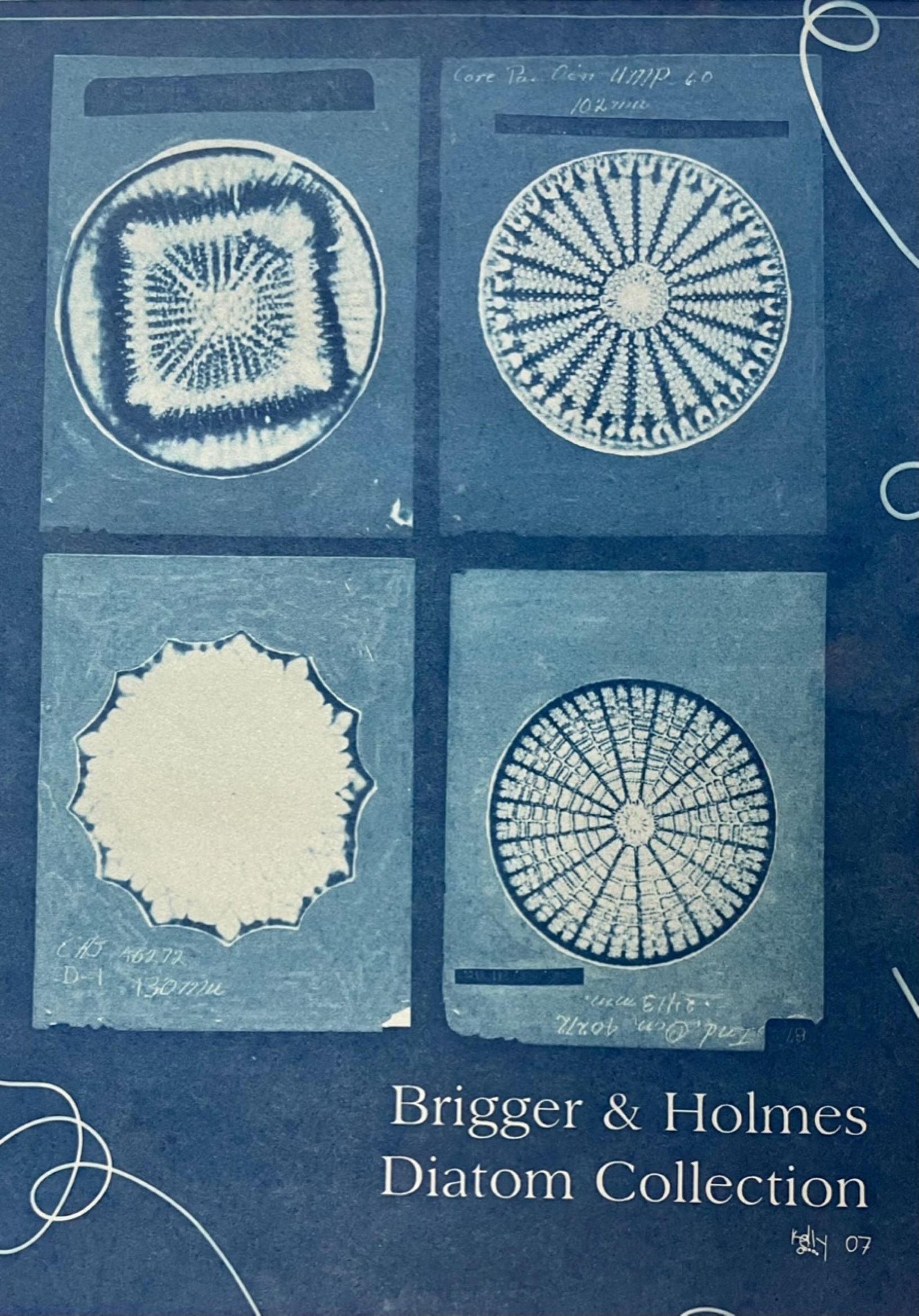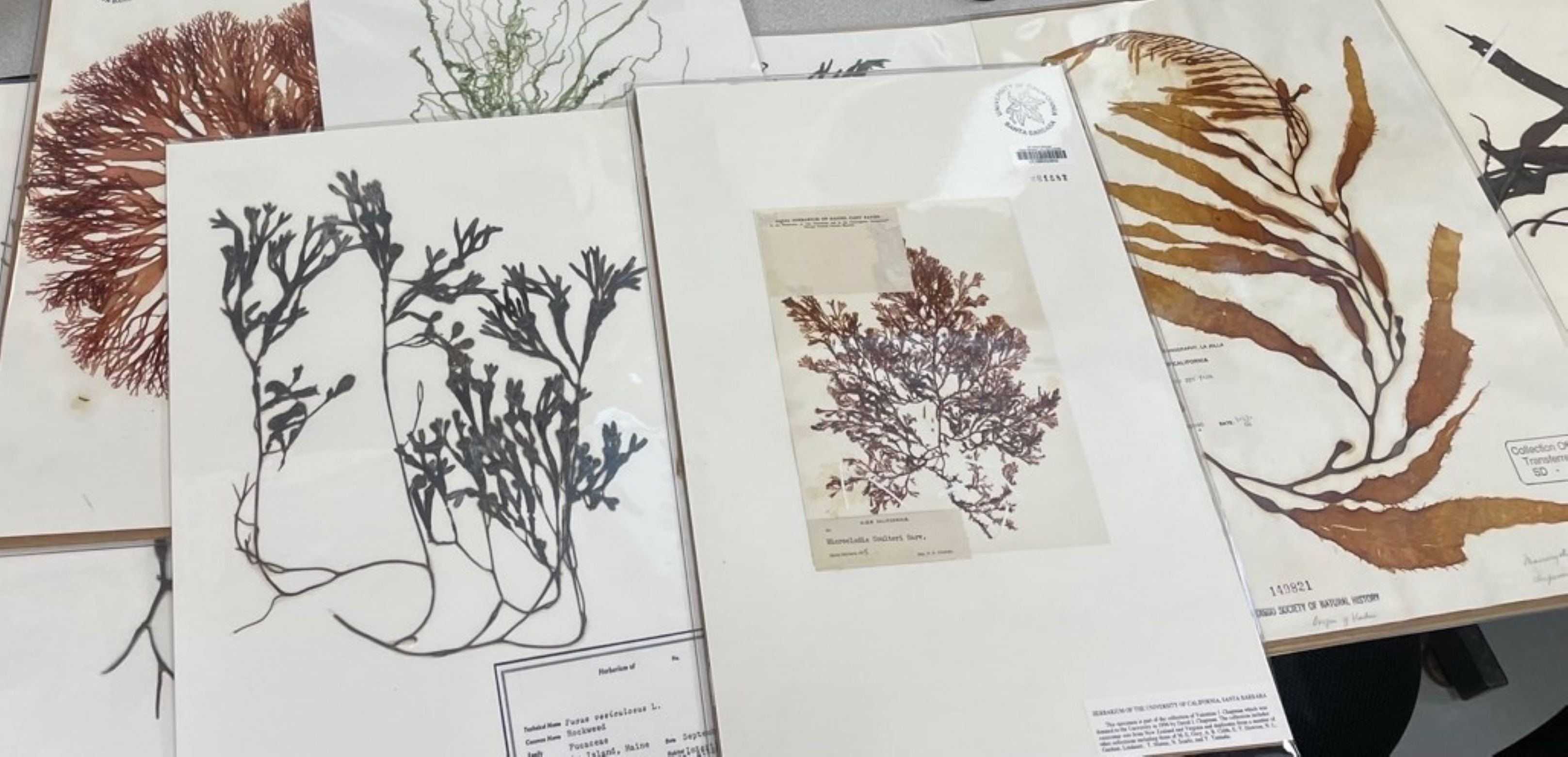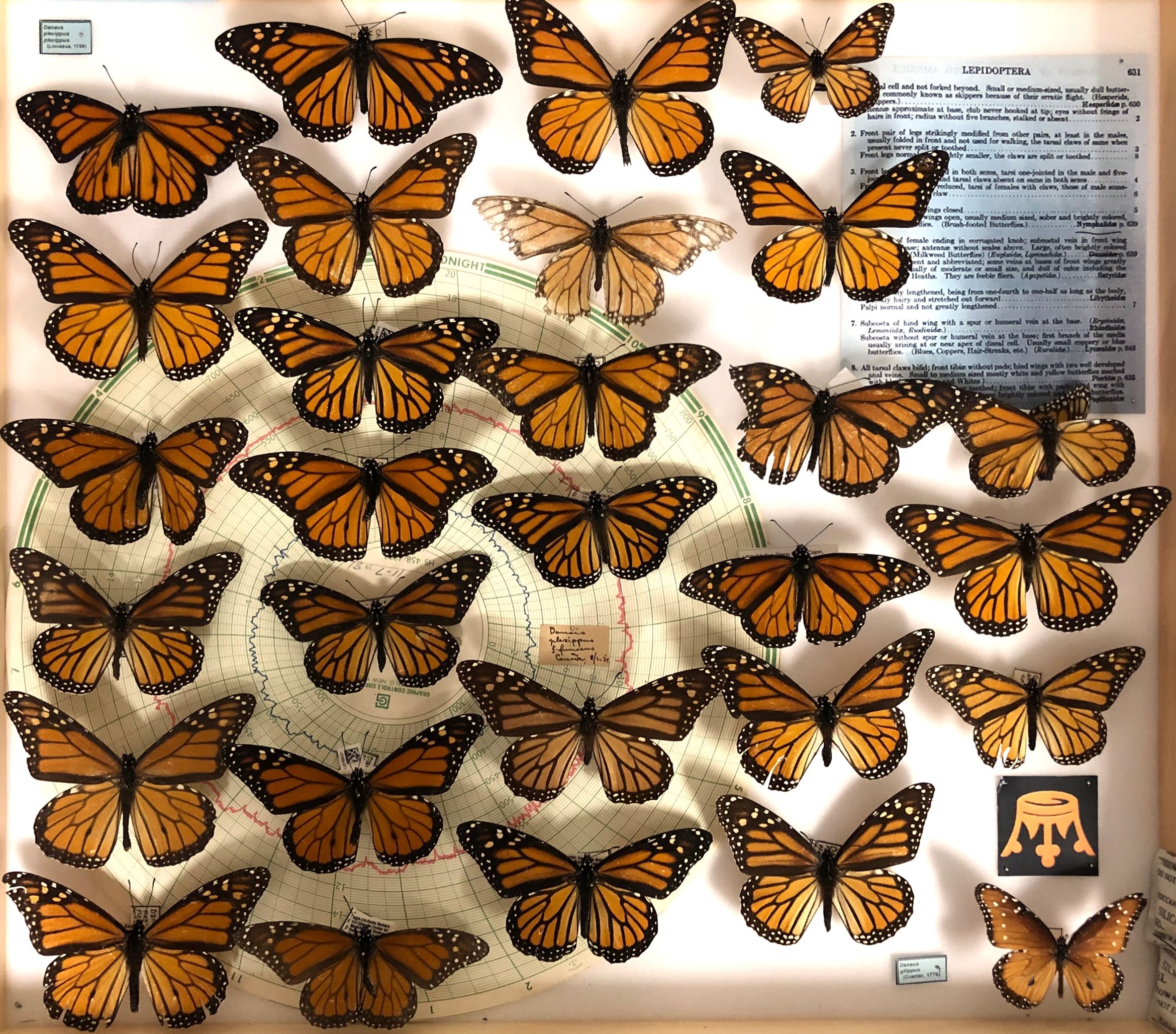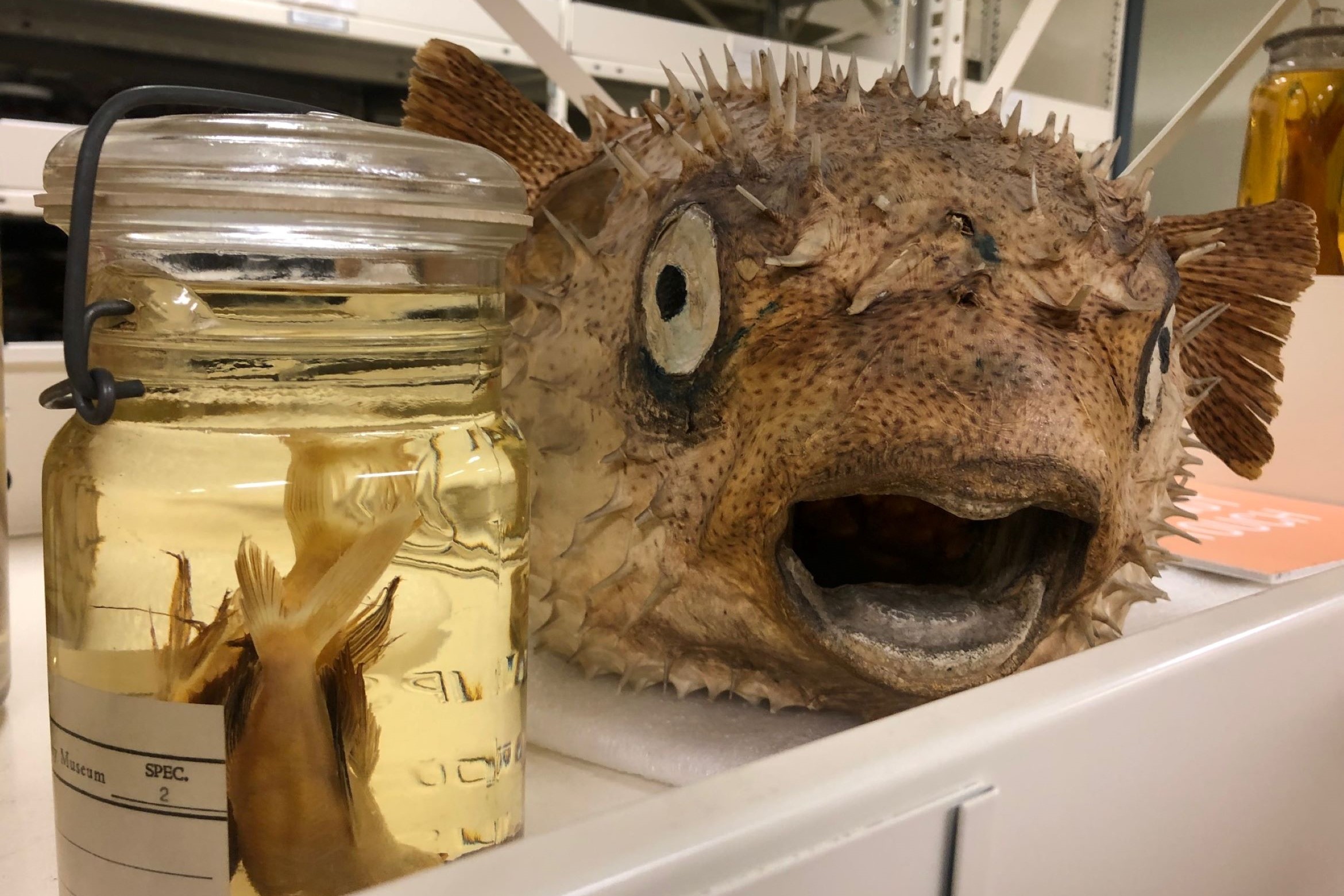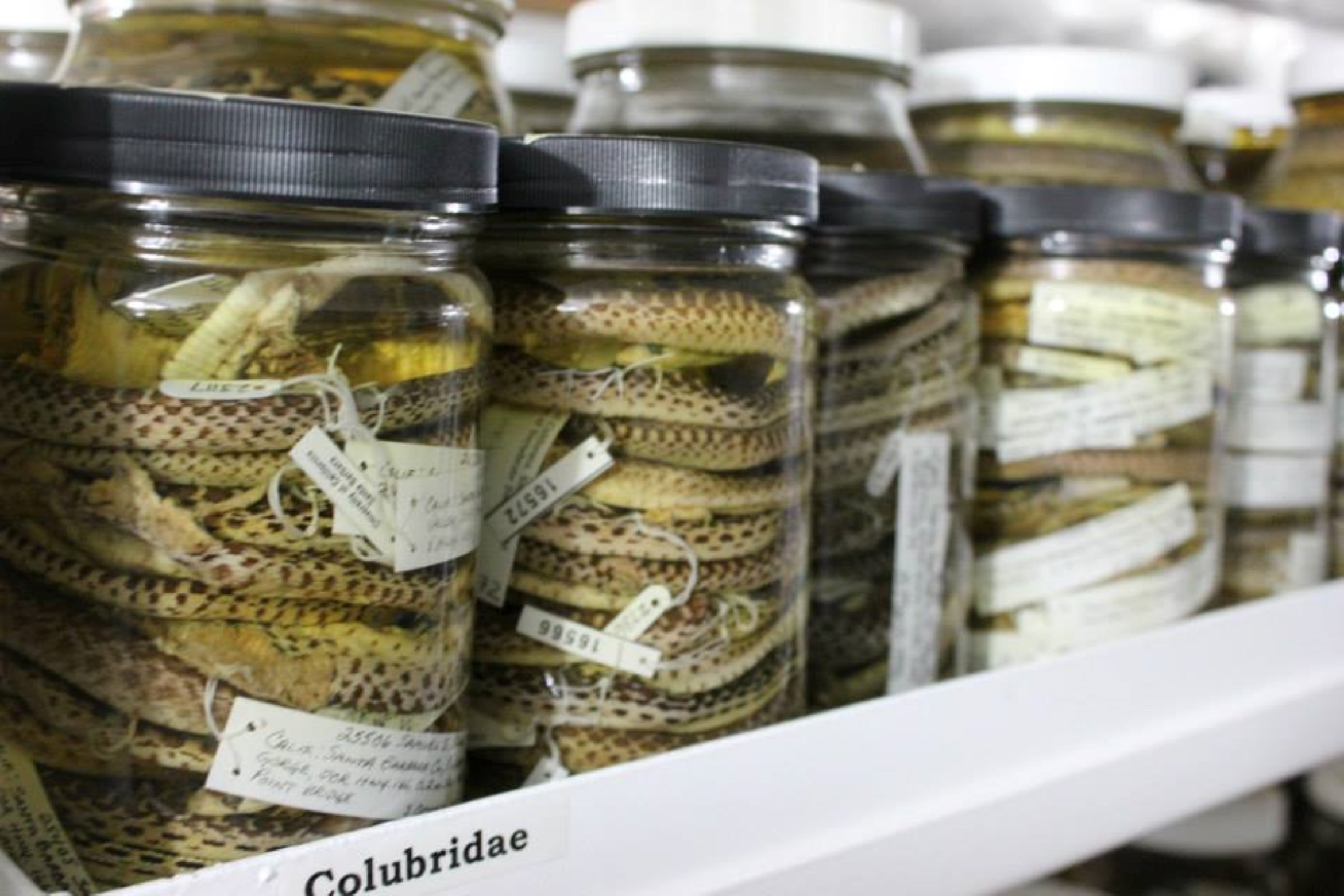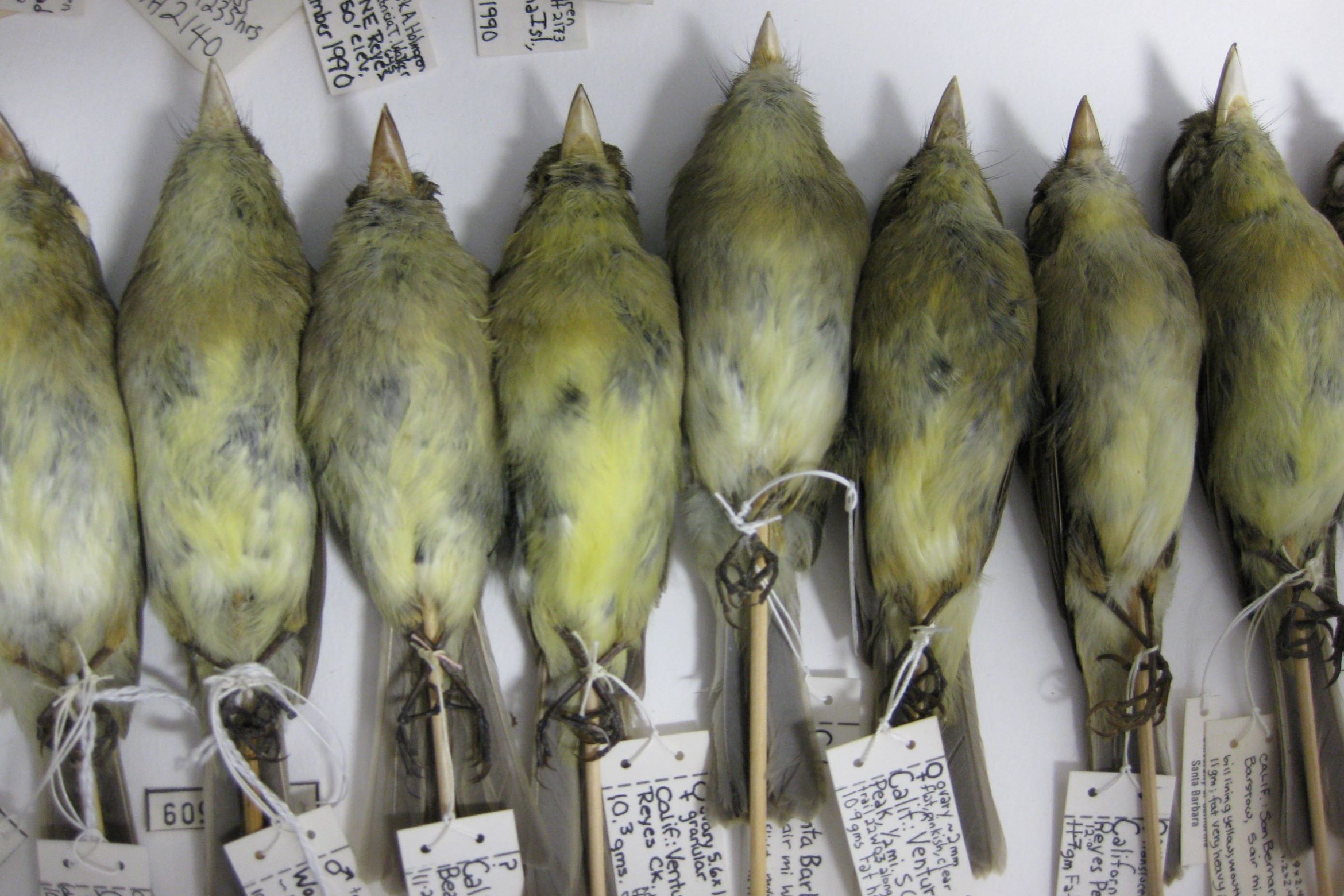Vernon and Mary Cheadle
The Cheadle Center is named for Vernon and Mary Cheadle in honor of their legacy and family's continued support of scientific excellence on UCSB's campus.
Dr. Cheadle, after graduating from Harvard University in 1936, spent six weeks in Cuba on a botanical collecting and research trip. Most of the specimens, slides and research data he collected on the Cuba trip are still preserved in his vast plant specimen collection, currently housed in the Cheadle Center. Upon his return from Cuba, Dr. Cheadle began an appointment at Rhode Island State College in the Department of Botany. He served as Professor and Chairman of the department from 1942 to1952 as well as the Director of the Graduate Division. From 1950 to 1951, Dr. Cheadle spent a sabbatical year at the University of California at Davis with Katherine Esau, an internationally renowned botanist. In 1952, he returned to UC Davis to serve as the Botany department chair. Dr. Cheadle was appointed as the Chancellor of the Santa Barbara campus in 1962.
Vernon and Mary Cheadle served as UCSB's first family from 1962 to 1977. As the second chancellor of the UCSB campus, Vernon Cheadle developed the small, mostly undergraduate college into a strong general member of the UC system. By the time Dr. Cheadle retired in 1977, the campus had experienced a period of unprecedented growth in academic programs, buildings and faculty scholarship. Together the Cheadles fostered a number of new programs that served to enhance the campus environment and community relations.
Upon retirement, Dr. Cheadle returned to the laboratory full time and resumed his life-long studies. Dr. Cheadle had a tremendous scientific curiosity and was interested in continuing his examination of the anatomical and phylogenetic specialization of vessels in monocotyledons. He actively assembled collections for his research and studies. Upon Dr. Cheadle's death in 1995, Mrs. Cheadle and their son, Dr. William G. Cheadle, donated the Cheadle collections to the University (currently at the Cheadle Center for Biodiversity and Ecological Restoration).
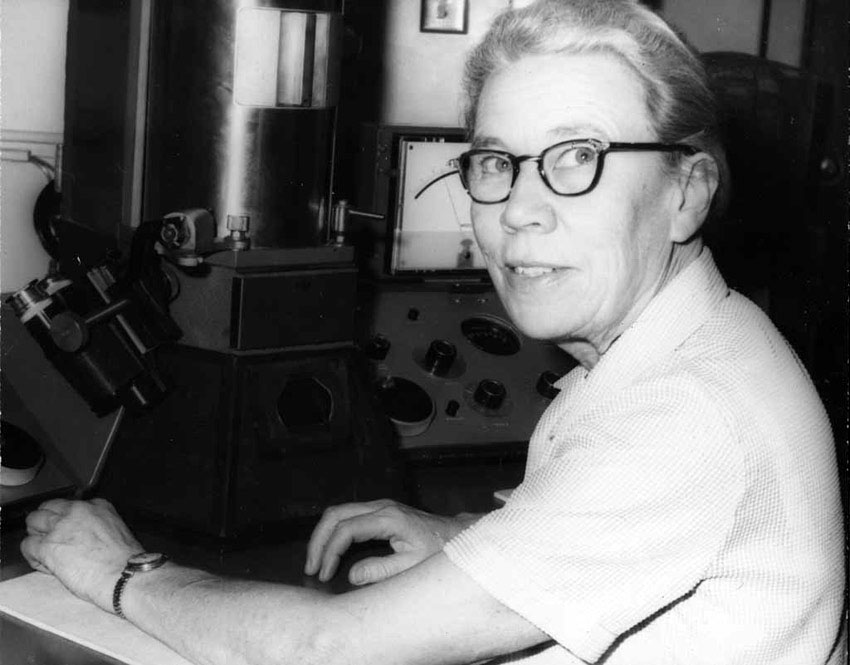
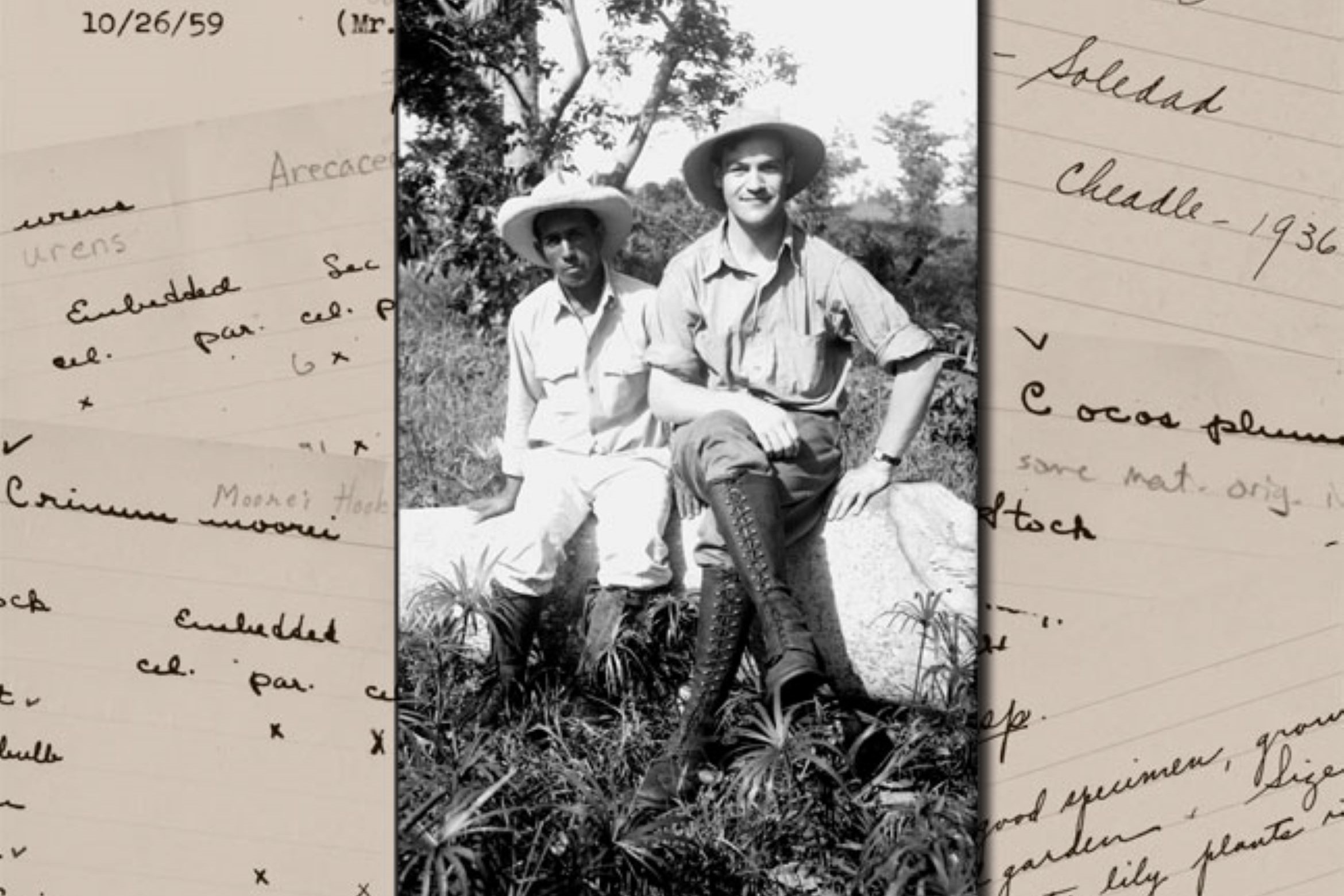
Vernon I. Cheadle and Katherine Esau Botanical Anatomy Collections
The collections of Vernon I. Cheadle and Katherine Esau span 60 years of botanical research. Dr. Cheadle's research interests focused on tracheary cells, the water conducting cells, in higher plants. Dr. Cheadle also served as Chancellor of UCSB from 1962-1977.
Dr. Katherine Esau was a world renowned plant anatomist who pioneered the use of the electron microscope for the study of plant viruses. Dr. Esau's successful and prominent career in botany included studies on developmental and pathological plant anatomy and on the ultrastructure of phloem, the food conducting cells in higher plants. She is best known for her beautifully written and classic textbooks on plant anatomy. She also taught generations of college students about plant structure and function, created an abundant body of research, and had a very productive life. The Katherine Esau Digital Archive is a growing resource of digital images of plants, people, places, and documents that showcase Katherine Esau's remarkable life and career as a plant anatomist and professor at the University of California. Approximately 350 images, chosen from her papers, are available for educational use through Calisphere, part of the California Digital Library.
The Botanical Anatomy Collection contains over 5,000 bottles of fluid-preserved plant specimens including monocotyledons, dicotyledons, and a smaller number of conifers and ferns collected in Cuba, Australia, New Zealand, Africa, and the United States comprise the majority of the collection. Approximately 64,000 microscope slides prepared from these specimens complement and support the preserved collection. Field collection information including photographs, herbarium voucher sheets, tracheary cell measurements, and general anatomical information is contained in the extensive data card files.
Supplementary anatomy collections include a phloem slide collection and supporting data consisting of over 1,100 slides jointly prepared by Cheadle and Esau. This collection of beautifully prepared and stained microscope slides represents research conducted at UC Davis during 1950 and 1951 by Cheadle and Esau on the secondary phloem of dicotyledons. Collection information including locality, age of stem samples, preparation procedures, and specific section information are included in data card files. This collection consists of 119 families, representing 342 genera.
Additional donated slide collections from Drs. William L. Stern, Norman Boke, Adriance Foster, Maynard Moseley, and others complete the extensive collection.
Vascular Plants
Dr. Cornelius H. Muller founded the vascular plant collection at UCSB in 1945 to provide support for plant taxonomy and ecology courses that he taught. By 1948, a small working collection had been accumulated and housed in a herbarium case in Dr. Muller's office. In 1956, Dr. Muller was officially appointed curator of the herbarium and he served in that position until 1966.
The vascular plant herbarium houses approximately 90,000 sheets with a strong emphasis on local and ecologically sensitive plant communities. The collection includes materials from highly sensitive coastal wetland habitats in central and southern California, including both coasts of Baja California. The former herbarium director, Wayne Ferren, was an expert in salt marsh plants and collected extensively. Also, because of his expertise and interest in the conservation and restoration of vernal pools, there is a valuable collection of vernal pool material. The large scale destruction and degradation of vernal pools in California makes them one of the most threatened habitats in the state. As a result, our collections are an important resource for understanding the historic distribution and diversity of extinct vernal pools, for restoring surviving vernal pools, and for constructing new vernal pool communities. In parallel with our vertebrate collections, our herbarium contains material from the California transverse mountain ranges and the Carrizo Plain, both climatically and biogeographically unique regions with high endemism. The collection also includes specimens from elsewhere in the United States, southern Africa, New Zealand, and Australia.
Haller Pine Collection
The John Robert Haller Pine Collection comprises about 5,000 specimens collected by Dr. Haller during his 60 years of research on pines from western North America. The specimens are from more than 300 different localities spanning a broad range of ecoregions from British Columbia to Central America. Each collection location includes five to sixty or more specimens exhibiting population variability, including cones, immature, and/or mature branches exhibiting diagnostic features. Variation in Pinus ponderosa, Pinus jefferyi, Pinus washoensis, and Pinus torreyana are all documented in the collection. In some cases, the original collecting site was visited numerous times through subsequent decades for additional study. Associated with each collection are extensive hand-written notes and data, including more than a dozen taxonomic metrics per specimen that vary from individual to individual and by locale. Environmental characteristics of each site are also recorded and geographic reference data for many collection sites have been recently determined utilizing a combination of detailed mileage logs, topographic maps, satellite imagery, and the invaluable recollections of Dr. Haller.
Muller Oak Collection
Dr. Cornelius H. Muller was also widely recognized as a world authority on the ecology of oaks. His career spanned much of the history of plant ecology in the United States. His collection, species descriptions, and research made him the leading authority on the genus Quercus. He also named a number of new species, largely oaks.
Muller collected over 15,000 oak specimens from western North America during his lifetime. He assembled two primary sets of specimens --one is in the Cheadle Center's Herbarium and the other set is at the L.H. Bailey Hortorium Herbarium at Cornell University. The Cheadle Center also has over 90 sheets of his type specimens that can be viewed online at JSTOR Global Plants Initiative (http://plants.jstor.org/).
In addition to actual type material, Muller was thorough about re-collecting type localities, so many of his specimens are typotypes. He also received material for determination from prominent collectors from 1940-1970. Thus, the Muller Oak Collection is an important resource for researchers interested in the systematics of southwestern oaks.
Lichen Collection
The lichen collection is housed in Herbarium I, together with the vascular plant collections. It is a modest collection with about 700 identified specimens representing about 500 species, donated by Dr. Shirley Tucker and others. In addition, Amanda Heinrich, Philip Persons, and a lichen curatorial internship taught in 2011 initiated an additional collection of lichens from the Sedgwick Reserve that will be housed with the other specimens in the herbarium.
The Cheadle Center's lichen collection contains specimens commonly encountered in the Santa Barbara area, including the University campus (22 species), Santa Barbara, the Channel Islands, and Santa Ynez. Additional specimens from other parts of California, other states, and overseas add diversity in the form of taxa not represented in the local collection.
Brigger and Holmes Diatom Collection
The Albert L. Brigger and Robert W. Holmes Diatom Collection consists of diatom specimens, slides, photographs, and approximately 300 volumes from Brigger's personal library and from the extensive research collections of Holmes. A small collection of Brigger's papers is housed at the Cheadle Center. The Holmes collection contains approximately 5,000 slides, 700 samples and cleaned material, and 500 light and scanning electron microscope images. Holmes' main research interests were the description of diatoms from cetaceans, the diatoms on diving seabirds, and the use of diatoms as a tool for reconstructing the pH of Sierra Nevada lakes. Holmes also studied the variability of the genus Cocconeis and the Aulacodiscus kittonii group. In addition, he sampled diatoms throughout the world in freshwater and marine habitats. His papers are also housed at Cheadle Center.
Robert W. Holmes was born in Dover, NH, in 1925. He began his diatom career at the age of twelve by looking at diatoms and algae in a little pond located on the Haverford College campus, where his father was a professor. Holmes graduated cum laude from Haverford College in 1949. He attended Yale Graduate School for one year and transferred to the University of Oslo for two years. In Oslo he studied marine phytoplankton and biological oceanography under Dr. Trygve Braarud. After completing the studies for a Magistergrad including a paper on the annual cycle of phytoplankton on the Labrador Sea, he transferred to Scripps Institution of Oceanography in La Jolla, California. There he was a research biologist and continued his academic studies receiving a Master's Degree in Oceanography. Research in the tropical Pacific formed the basis of his doctoral dissertation, A Contribution to the Physical, Chemical, and Biological Oceanography of the Northeastern Tropical Pacific, and he received a PhD from the University of Oslo in 1966. During his latter years at Scripps, Holmes was an active member of the Marine Food Chain Group.
Robert Holmes joined the faculty at UCSB in 1967 and became the first director of the newly established Marine Science Institute. In this position he immediately became involved as one of four UC administrators of the newly formed UC Sea Grant Program. During his tenure as director he organized the Santa Barbara Oil Symposium in response to the 1969 Santa Barbara oil spill. He also served as the catalyst for obtaining the Sierra Nevada Aquatic Research Laboratory (SNARL) for UC's Natural Land and Water Reserve System (now known as the Natural Reserve System).
In 1984 he received a visiting professorship from the Japanese Science Foundation to collaborate with Prof. T. Nemoto at the Ocean Reseach Institute (ORI) of the University of Tokyo on cetacean research. Prof. Nemoto helped arrange a tour of marine aquaculture facilities which was useful in Holmes' Sea Grant administrative duties. At this time a grant from the ORI enabled him to return to Japan for further work on cetacean diatoms. During his latter visit and subsequently, he worked extensively with Dr. S. Nagasawa of ORI. At UCSB Holmes also worked with Prof. John Melack in a cooperative program on acid deposition in the high Sierra. Holmes investigated whether diatoms in sediment cores showed a response to acidification in the lake water.
For many years Holmes collected diatoms from a variety of freshwater and marine habitats in the western US. These collections led to collaboration with a number of other investigators: Pat Sims of the British Museum of Natural History on Aulacodiscus, Frank Round and Dick Crawford of the University of Bristol on the genus Coccneis, A.L. Brigger of Yucaipa, CA, on Entogonia, and Don Croll of Moss Landing Laboratory on the diatoms on diving sea-birds. Professor Holmes retired in 1988 and passed away in 2012.
Albert Leon Brigger (1892-1981) was born in Ohio, and lived most of his life in California, residing in Yucaipa. He was a Research Associate at California Academy of Sciences and collaborated on diatom research with G. Dallas Hanna and York Mandra of Cal Academy and Robert Holmes of UCSB. During his lifetime, he published 23 articles that included 48 new species descriptions. In 1977, Brigger gave his collection of over 26,000 slides of marine and fossil diatoms to Cal Academy. He gave his book collection of more than 300 titles to Robert Holmes who in turn donated it to the Cheadle Center.
Macroalgae Collection
The Algal Herbarium contains approximately 8,000 specimens starting with the collection by Charles L. Anderson and collaborators (1873-1889), which serves as the basis of the first published list of algae of California (Anderson 1891, 1893). The earliest specimens from the Santa Barbara region, collected by Lorenzo Yates (1902) and Donald Peattie in the 1930s and 1940s, are also part of the algal collection.
The phycological collection is an important resource for marine biodiversity and biogeography studies of the Pacific Rim region. The collections provide an excellent 125-year record of the marine flora of the Santa Barbara region and Channel Islands, and include a special collection from Santa Cruz Island. The specimens and collection information are of particular importance because of the adjacency of this region to Point Conception, California, a major biogeographic boundary.
In addition to California, there are specimens from Oregon, Washington, Alaska, north central and northeast United States, British Columbia, Nova Scotia, Pacific Mexico, Chile, Great Britain, Jamaica, Japan, New Zealand, Queensland, Scandinavia, Spain, South Africa, South Australia, and Tasmania.
The collection also includes three exsiccatae collections (Lindauer from New Zealand, Areschoug from Scandinavia (in part) and Scagel from British Columbia (in part)). Over 1,000 reprints on marine algae and ecology and an extensive worldwide collection of algal floras are also part of the collection.
Invertebrate Zoology Collection
The Adrian Wenner Invertebrate Zoology Collection represents an uncommon historical record of insects in endangered coastal California habitats. Wenner taught the UCSB general entomology course from 1961 until he retired in 1993. The collection was a teaching collection for that course, focused on regional insect diversity, and commonly collecting from UCSB and the UCSB Natural Reserve System habitats. The collection is diverse for an insect collection of its size, containing over 9,000 insects in 21 orders and 246 families. In 2015, the collection was discovered in a building on campus. It was in remarkably good shape and it was moved to Cheadle Center for curation and care.
Ichthyology Collection
Dr. Alfred Ebeling assembled the bulk of the collection from 1965 to 1985. He collected many of the specimens himself and also acquired some from other museums. Most of the collection consists of coastal fishes from the temperate and tropical eastern Pacific, as well as specimens collected on cruises that Ebeling conducted in the 1970s.Collection Overview
The UCSB fish collection consists of approximately 5,400 specimens from 184 families of fishes, with representatives from most of the major orders. The collection is primarily used to support hands-on teaching in the systematics portion of the Biology of Fishes class, EEMB 106. The collection is also occasionally used as a reference for field studies, and serves as a repository for voucher specimens.
Among west coast universities, there remain very few courses in the Biology of Fishes that retain both a field and laboratory component. EEMB 106 is a popular course at UCSB, and its success depends on a well-maintained and complete collection of fishes.
Herpetology Collection
Dr. Sam Sweet founded the herpetology collection in 1977. His personal collections were the nucleus for a synoptic collection that now covers family-level diversity worldwide. Numerous field collections by Dr. Sweet and his students provide the most comprehensive existing database on reptiles and amphibians in southwestern California.
The herpetology collection holds approximately 18,500 specimens, mostly from San Luis Obispo, Kern, Santa Barbara, Ventura, and Los Angeles counties. The collection is scientifically valuable for its extensive coverage of this rich and biogeographically complex transitional region. The majority of specimens are fluid-preserved and are accompanied by field notes. There are significant holdings of amphibian eggs and larvae, and skeletal preparations.
The Cheadle Center herpetological collection is unique in its thorough coverage of the herpetofauna of Southwestern California, and for its relevance to critical conservation issues via documenting life history patterns of declining amphibians and recent changes in the abundance and distribution of species.
Ornithology Collection
Dr. Mary Erickson, who joined the faculty at Santa Barbara State College in 1939, founded the vertebrate collections in 1962 to provide support for the zoology courses she and other faculty taught. Dr. Erickson was instrumental in transforming the school into a University of California campus. Her close colleague and contemporary, Dr. Barbara DeWolfe, contributed large numbers of specimens to the avian collection in its early years and continued to be a benefactor of the collections to the present day. Upon joining the UCSB faculty in 1972, Dr. Stephen Rothstein gave high priority to the maintenance and enhancement of the vertebrate and especially the avian collections. Mark Holmgren became Collection Manager in 1983 and he and Dr. Rothstein contributed many specimens to the avian collections during the last three decades.
The collection contains approximately 9,400 study skins and skeletons. There is good representation of species found in Southern California, including the near ocean and the Channel Islands, and also many species found elsewhere in North America, Mexico, and Europe. Special efforts have been made to collect species of particular biogeographic interest in southern California, such as those that have subspecies boundaries within the region. In addition, the collection has especially large series of several species that have figured prominently in the literature on ornithology, evolution, behavior and physiology, such as the White-crowned Sparrow, Brown-headed Cowbird, Grebe, Acorn Woodpecker, Wrentit, Savannah Sparrow, and Spotted Towhee. The collection also houses specimens that have contributed to numerous studies published by UCSB researchers.
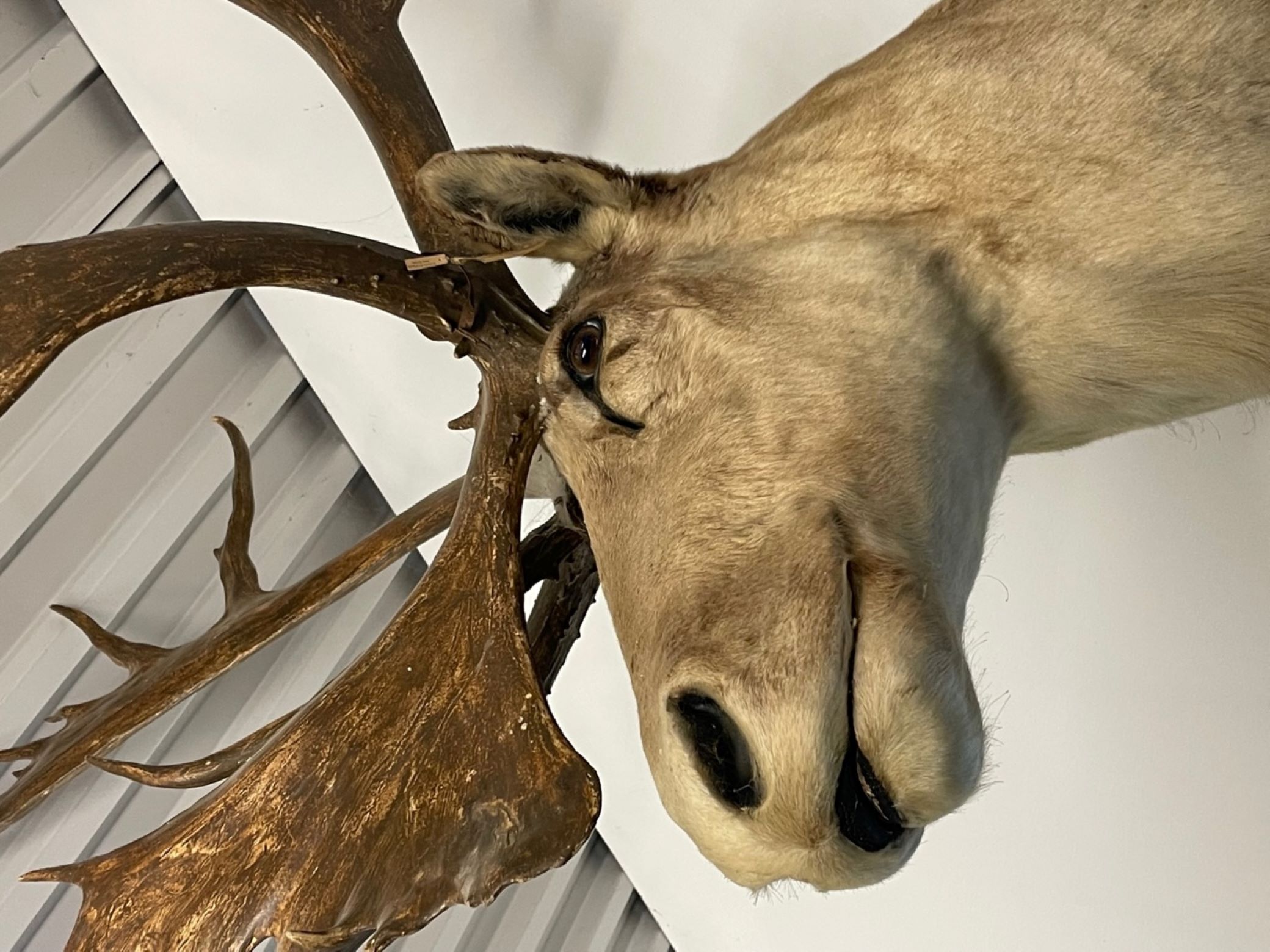
Mammalogy Collection
The mammalogy collection consists of about 3,500 specimens, most of which are study skins and skulls. The collection also includes partial or complete skeletons for many species. The skins of large animals have generally been prepared as tanned hides (flat skins).
The mammal collection is regionally focused with strong representation from the Point Conception biogeographic boundary region and the transverse mountain areas.
